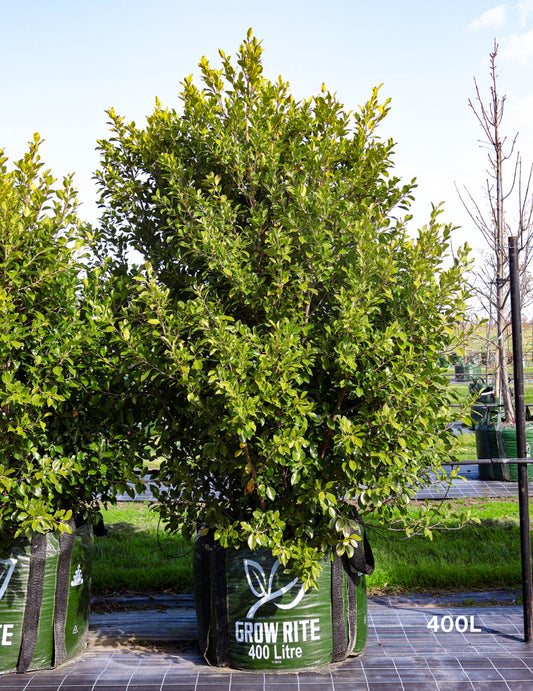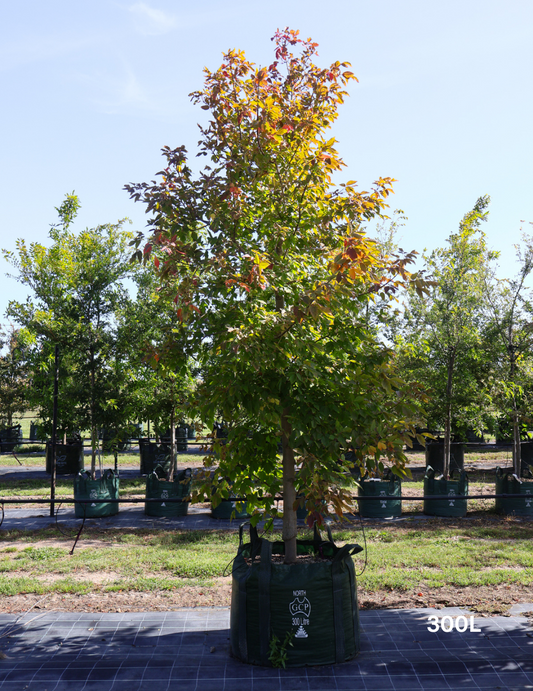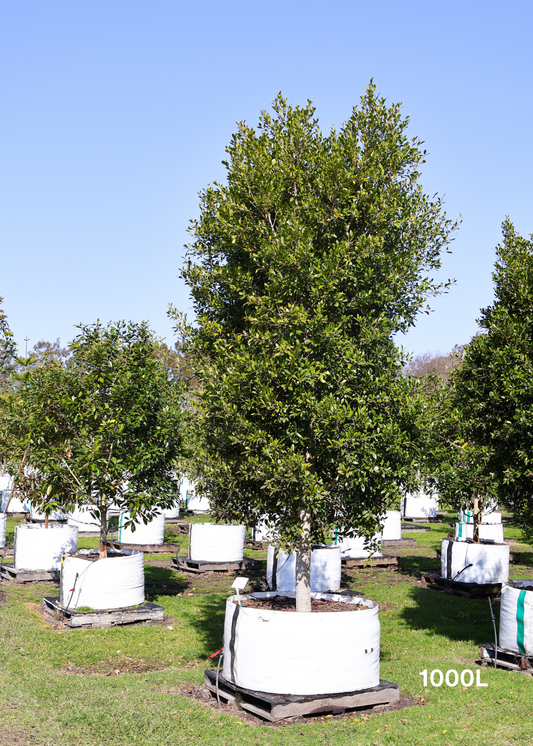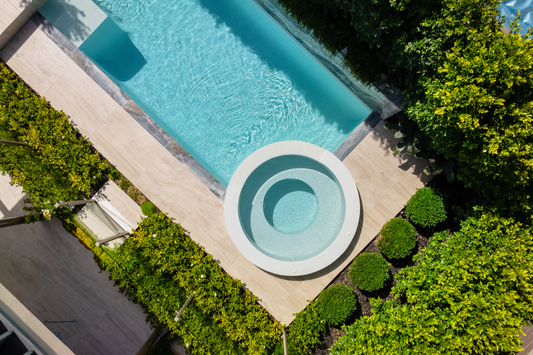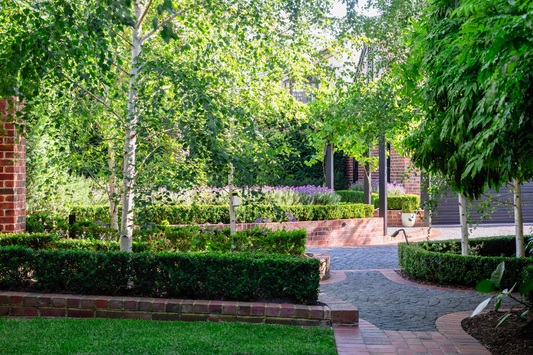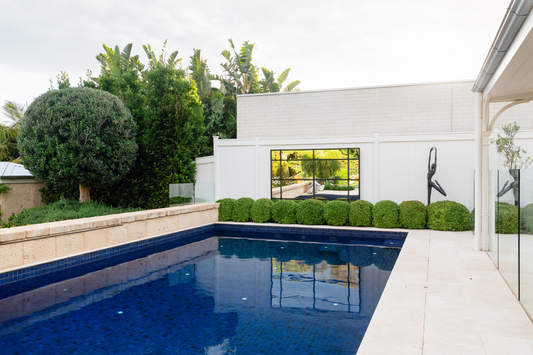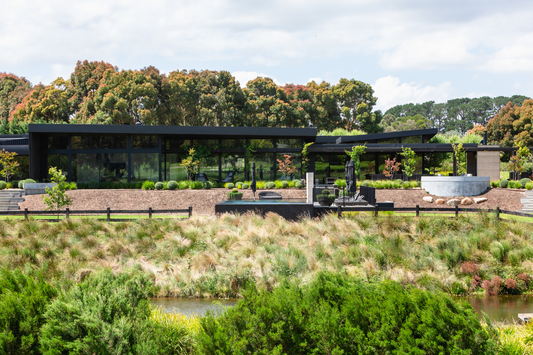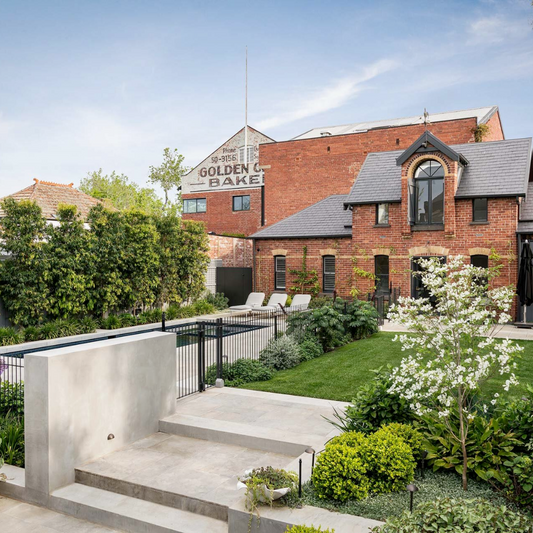As the chill of winter approaches, the importance of selecting the right trees for your garden cannot be overstated. Frost-resistant trees provide resilience against cold temperatures and add a touch of elegance and structure to your garden year-round. For those who desire a vibrant, thriving garden, choosing frost-resistant varieties like Cupressus leylandii 'Better Green', Betula pendula 'Moss White', and Acer rubrum 'Autumn Red' is an excellent way to ensure your outdoor space stays lush, even in the harshest winter conditions.
Benefits of Planting Frost-Resistant Trees
Planting frost-resistant trees offers multiple advantages for any garden, particularly in colder climates. Here are some key benefits:
- Year-Round Appeal: Even when most plants are dormant, frost-resistant trees provide structure and greenery.
- Low Maintenance: These trees are naturally hardy and require less upkeep than more delicate varieties.
- Increased Garden Value: A well-planted garden with resilient trees is beautiful and increases your property's overall value.
- Sustainability: Frost-resistant trees adapt well to varying environmental conditions, making them a more sustainable choice for long-term growth.
- Diverse Landscape Uses: Frost-resistant varieties offer versatility and function, whether used as screening trees, feature trees, or simply for adding texture to your landscape.
Key Features of Frost-Resistant Trees
Frost-resistant trees have unique characteristics that make them ideal for winter planting:
- Hardiness Zones: These trees thrive in cooler climates, ensuring survival even during unexpected frosts.
- Low Water Requirements: Once established, many frost-resistant varieties require minimal watering, making them an excellent choice for busy homeowners.
- Adaptability: Frost-resistant trees can grow in various soil types, from well-drained sandy soils to heavier clays.
Let’s look at three exceptional frost-resistant trees to enhance your garden this winter.
Cupressus leylandii 'Better Green'
The Cupressus leylandii 'Better Green' is a striking, fast-growing evergreen known for its dense foliage and impressive height. A canker-resistant variety of Leyland Cypress, this tree offers year-round privacy and wind protection while maintaining a stunning appearance even in the coldest months.
Key Facts:
- Mature Height: 10-12 meters
- Mature Width: 3-4 meters
- Best Uses: Screening, windbreak, and boundary planting
- Leaf Appearance: Rich green, feathery foliage
- Rate of Growth: Fast, up to 1 meter per year
- Tolerates: Frost, drought once established, and high winds

Why It's Perfect for Your Garden:
The Cupressus leylandii 'Better Green' is a go-to choice for those looking to add a functional yet attractive tree to their garden. Its dense foliage provides excellent screening, making it ideal for creating private spaces. Additionally, its ability to withstand frost and other challenging weather conditions ensures it remains an asset to your garden, regardless of season. Whether you need a robust windbreak or a green backdrop for other plantings, this tree is practical and visually appealing.
Betula pendula 'Moss White'
Known for its delicate white bark and slender, drooping branches, the Betula pendula 'Moss White' is a beautiful frost-resistant deciduous tree. The contrast of its brilliant white trunk against a winter landscape adds elegance to any high-end garden, while its graceful leaves turn golden in autumn, adding seasonal color.
Key Facts:
- Mature Height: 8-12 meters
- Mature Width: 4-5 meters
- Best Uses: Feature tree, ornamental, or planted in groups for visual impact
- Leaf Appearance: Light green, triangular leaves turning golden in autumn
- Rate of Growth: Moderate, around 0.5-1 meter per year
- Tolerates: Frost, wet soils, and moderate drought once established

Why It's Perfect for Your Garden:
The Betula pendula 'Moss White' offers a striking visual appeal, particularly in the colder months when its white bark stands out against a bare landscape. Its light, airy canopy provides dappled shade in summer and enhances the overall aesthetic of the garden. This tree thrives in cooler climates and can tolerate heavy frost, making it an ideal choice for adding interest to your garden throughout the year. Its low-maintenance nature makes it a perfect fit for busy homeowners who still want luxury in their outdoor space.
Acer rubrum 'Autumn Red'
The Acer rubrum 'Autumn Red' is a deciduous tree prized for its vibrant autumn foliage and frost resistance. This variety of Red Maple thrives in cooler climates, offering a burst of fiery red leaves in autumn before entering a period of dormancy during the colder months.
Key Facts:
- Mature Height: 10-15 meters
- Mature Width: 6-8 meters
- Best Uses: Feature tree, shade tree, or planted along driveways and pathways
- Leaf Appearance: Green leaves turning vibrant red in autumn
- Rate of Growth: Moderate, up to 0.75 meters per year
- Tolerates Frost, wet soils, and urban conditions

Why It's Perfect for Your Garden:
The Acer rubrum 'Autumn Red' is a perfect addition to any high-end garden, offering brilliant autumn color that elevates your landscape. Its vibrant red leaves create a stunning focal point, especially when planted as a feature tree. This tree also tolerates frost extremely well, ensuring it thrives even in colder climates. Its adaptability to urban conditions and low-maintenance requirements make it an excellent choice for those looking to add a splash of seasonal color without extensive upkeep.
Ideal Planting Conditions for Frost-Resistant Trees
When planting frost-resistant trees, creating the right conditions is essential to ensure long-term success. Here are some tips:
- Timing: Plant frost-resistant trees during winter or early spring to give them a head start before the warmer months.
- Soil Preparation: Ensure the soil is well-draining, particularly for species like Cupressus leylandii 'Better Green', which dislike waterlogged conditions. Adding organic matter like compost can help improve soil texture.
- Mulching: Apply a thick layer of mulch around the tree's base to retain moisture and insulate the roots from extreme cold.
- Spacing: Give each tree plenty of space to grow. For instance, the Acer rubrum 'Autumn Red' requires at least 6 meters of width to reach its full potential.
Long-Term Care Tips
Frost-resistant trees are generally low-maintenance, but a few simple practices can help them thrive:
- Watering: While frost-resistant trees are hardy, they still require regular watering, especially in the first year after planting—water deeply once or twice a week.
- Pruning: Regular pruning helps maintain the shape and health of trees like Betula pendula 'Moss White' and Cupressus leylandii 'Better Green'. Prune in late winter or early spring when the trees are dormant.
- Fertilization: Feed your trees with a slow-release fertilizer in early spring to promote healthy growth throughout the year.
FAQs
Q: Can I plant frost-resistant trees in a small garden?
A: Trees like Betula pendula 'Moss White' are suitable for smaller gardens due to their slender shape and moderate height.
Q: How much water do frost-resistant trees need in winter?
A: While frost-resistant trees are hardy, keeping the soil moist is essential, especially during dry winters. Water deeply but less frequently, focusing on the root zone.
Q: How often should I mulch my frost-resistant trees?
A: Apply a fresh layer of mulch annually in early winter to protect the roots from freezing temperatures.
Conclusion
Planting frost-resistant trees such as Cupressus leylandii 'Better Green', Betula pendula 'Moss White', and Acer rubrum 'Autumn Red' is a smart choice for maintaining a vibrant, thriving garden throughout the winter months. Their resilience, beauty, and low-maintenance nature make them perfect for high-end gardens. Following the right planting and care practices will ensure these trees remain healthy and enhance your garden for years.


